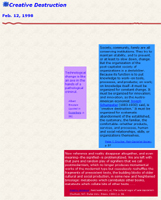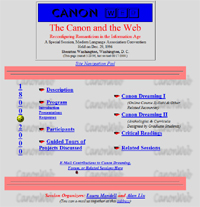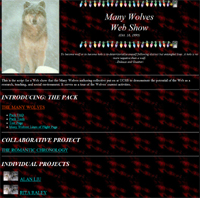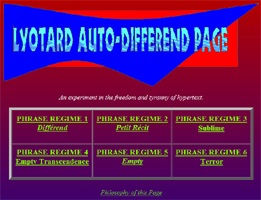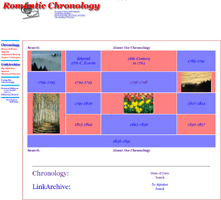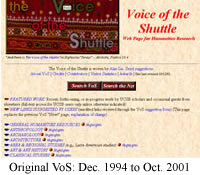| 1998 |
Palinurus: The Academy and the CorporationCategories Oldies But Goodies (Early Digital Work) Oldies But Goodies (Early Digital Work)
|
The site fills me with melancholy when looking back on it now from the vantage point of 2013 after continued decreases in public funding for universities; the Great Recession beginning in 2007; the “privatization” of public universities; the trend toward “accountability” and “assessment” of education; the push by technology-industry leaders, pundits, and politicians for MOOC online courses to take up the slack; and other symptoms of the colonization of higher-education institutions by neoliberal philosophies and management structures native to contemporary business.
The original rationale statement for the Palinurus site begins: “This pilot site was built by higher-education humanities scholars who have awakened to the combined practical and intellectual challenge to higher education posed by business in the era of ‘knowledge work,’ ‘learning organizations,’ and ‘information society.'”
Date: February 1998
- Palinurus Site
- Selected Pages of Interest (select links on home page, which is a frame page):
- Rationale statement
- Featured Controversies, inclduing “Dearing Report (U.K.),” “Cal State ‘Technology Infrastructure Initiative’ (U.S.),” “New Zealand ‘Green Paper’ and its Critics.”
- Suggested Readings in the following areas
- The Idea of Business
- The Idea of the University
- Academe and Business
- Information Tech and the Academy

